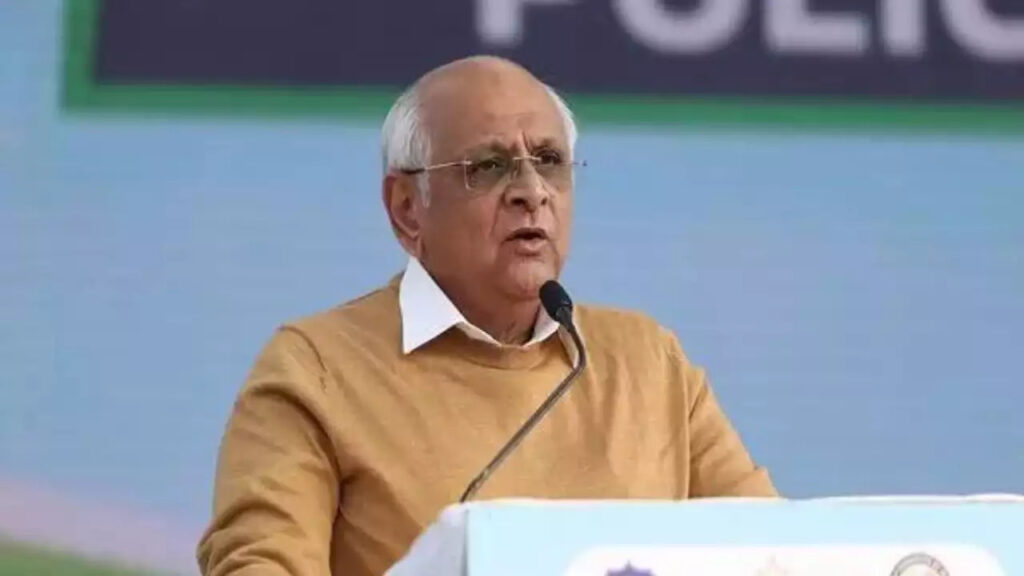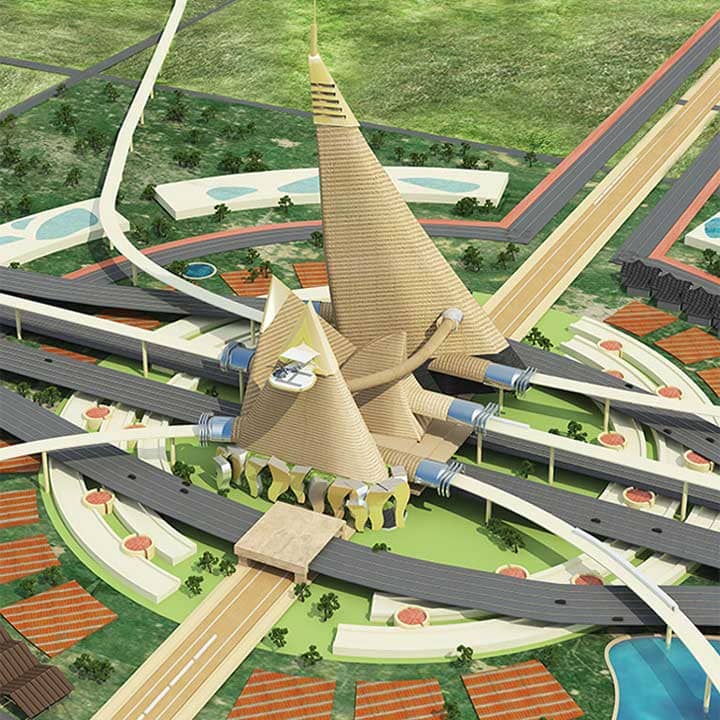The Gujarat government is making a bold and strategic move to attract high-tech industries to the state, seeking a substantial financial boost from the Centre. The focus of this request is to develop a robust semiconductor manufacturing ecosystem in Dholera Special Investment Region (SIR), a designated industrial hub set to drive Gujarat’s economic future. In a bid to accelerate the growth of the semiconductor industry in India, the Gujarat government is pushing for a grant of Rs 40,783 crore, a substantial investment aimed at transforming the region into a global hub for semiconductor production.
Why Dholera SIR?
Dholera SIR, located about 100 kilometers from Ahmedabad, has already garnered attention as a high-potential industrial and commercial zone in Gujarat. The development of this region is part of the state government’s plan to make Dholera a prominent economic zone, similar to global industrial hubs like Singapore and Dubai.
With its proximity to key infrastructure, such as the Delhi-Mumbai Industrial Corridor (DMIC), modern connectivity, and a land bank suitable for large-scale industrial projects, Dholera is seen as the perfect location for the semiconductor industry. The Gujarat government’s vision for Dholera is to create a world-class ecosystem that can not only house semiconductor fabrication units but also provide a fertile ground for ancillary industries such as chip assembly, testing, and packaging.
The Semiconductor Industry: A Key Growth Area
Semiconductors are integral to modern technology, powering everything from smartphones to automobiles and industrial machinery. As global demand for electronics grows, there is a pressing need for India to reduce its reliance on imported semiconductors, a sector currently dominated by countries like Taiwan, South Korea, and China.
The Indian government has already rolled out a national semiconductor policy aimed at fostering domestic manufacturing and innovation in this critical sector. With the Centre’s recent push towards self-reliance in semiconductor manufacturing, Gujarat is keen to play a pivotal role in this journey.
The Proposed Grant and its Potential Impact
The Gujarat government’s request for Rs 40,783 crore is a strategic move to ensure that the Dholera SIR region can become a cutting-edge hub for semiconductor manufacturing. This substantial funding would be used for several key initiatives, including:
- Infrastructure Development: To build state-of-the-art fabrication units, testing labs, and research facilities.
- Skill Development: Training a skilled workforce capable of handling advanced semiconductor manufacturing technologies.
- Incentives for Manufacturers: Providing financial incentives and subsidies to attract major global semiconductor companies to establish plants in Dholera.
- Innovation and R&D: Encouraging research and development in semiconductor technology, which could boost India’s position in the global supply chain.
If approved, this grant would be a game-changer for India’s semiconductor industry. It would not only help the country become more self-sufficient but also create significant employment opportunities and attract foreign direct investment (FDI). Additionally, it could play a crucial role in reducing the country’trade deficit by cutting down on expensive semiconductor imports.
India’s Semiconductor Ambitions
India is keen on catching up with global leaders in semiconductor production, and Gujarat is at the forefront of this effort. With the global chip shortage of recent years highlighting the strategic importance of semiconductor production, this initiative could prove vital in ensuring India’s technological sovereignty.
The semiconductor sector has the potential to create thousands of high-skilled jobs, including opportunities for engineers, researchers, and technicians. Beyond direct employment, the industry’s growth could spur a range of ancillary industries, from logistics and supply chain management to IT and digital services.
The Road Ahead
For Gujarat, securing this Rs 40,783 crore grant from the Centre would be a transformative step towards building a resilient, future-ready economy. The state has long been a key player in India’s industrial growth, and its latest push for semiconductor development could cement its position as a leader in high-tech manufacturing.
However, this ambitious plan will require strong collaboration between the state and central governments, as well as active participation from the private sector. The development of Dholera as a semiconductor hub could be a long-term endeavor, but the rewards could be significant—both for Gujarat and for the nation as a whole.
In conclusion, if the Gujarat government’s proposal is realized, Dholera SIR could become a vital component of India’s semiconductor revolution, contributing to a stronger, more self-sufficient economy while positioning India as a competitive player in the global tech landscape. The coming years will be critical as the country’s semiconductor ambitions take shape, and Gujarat’s role in this transformation will undoubtedly be one to watch.



